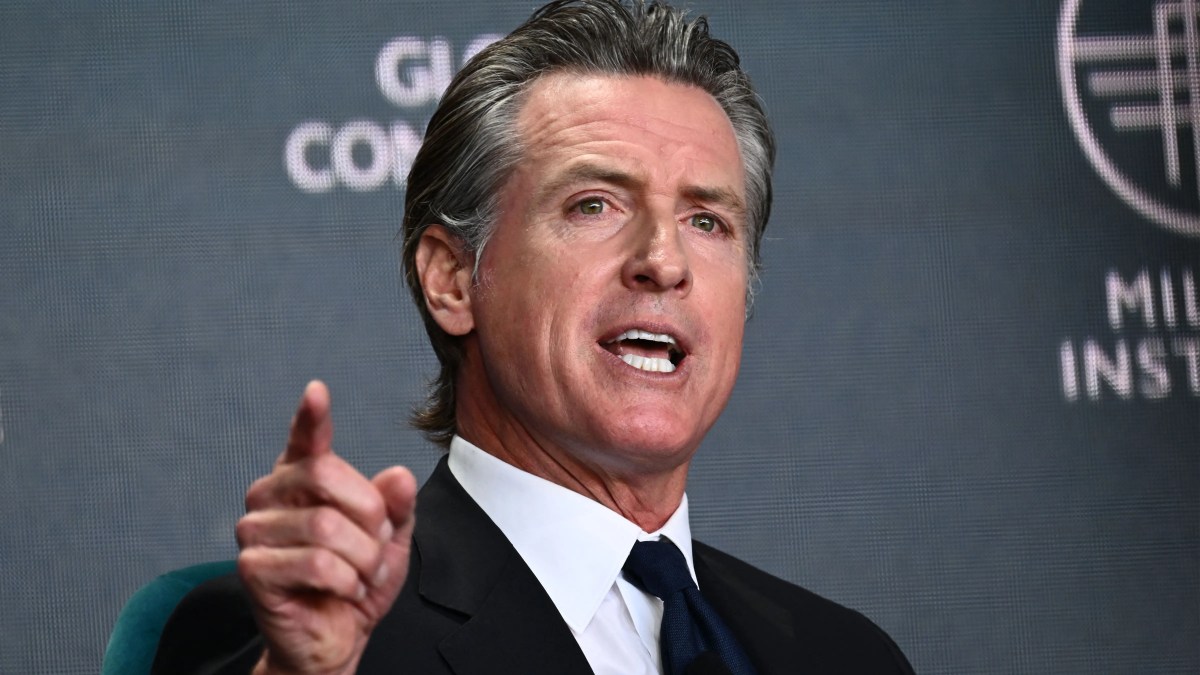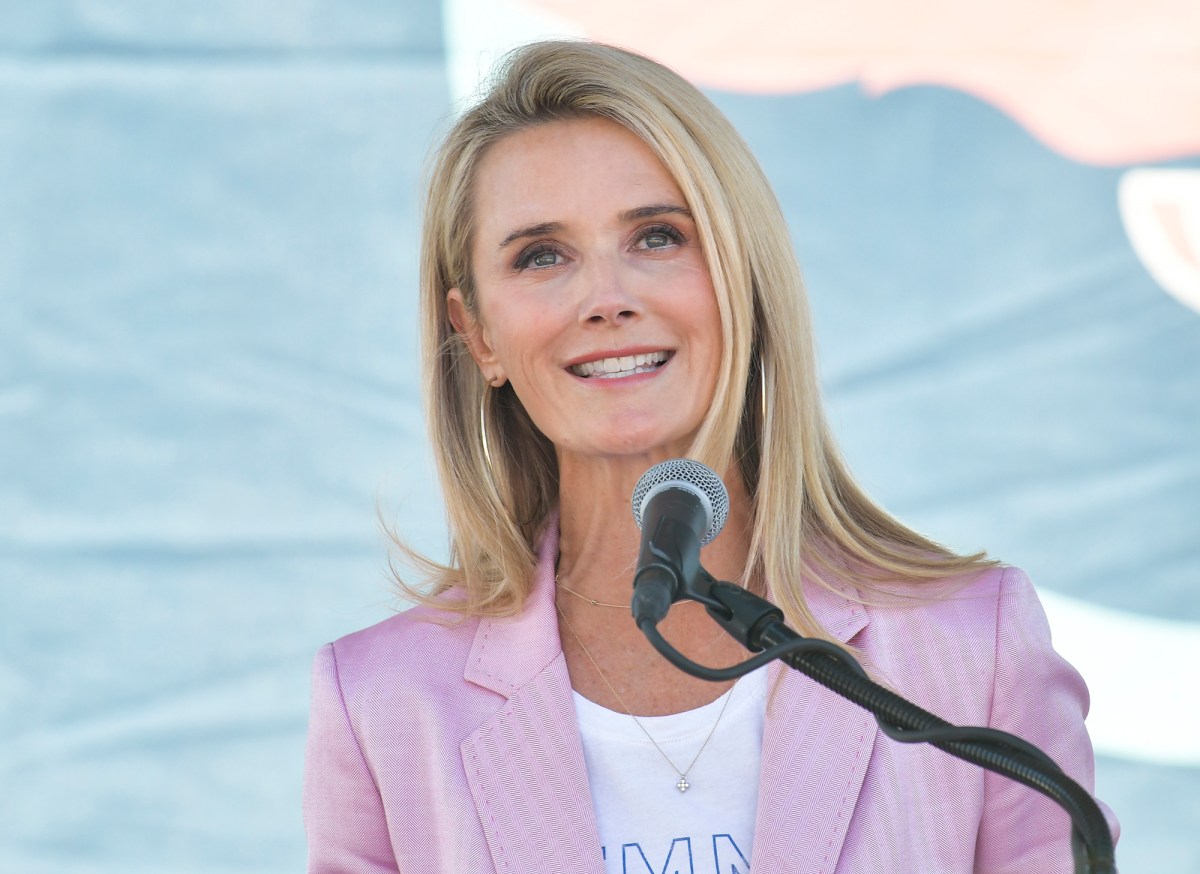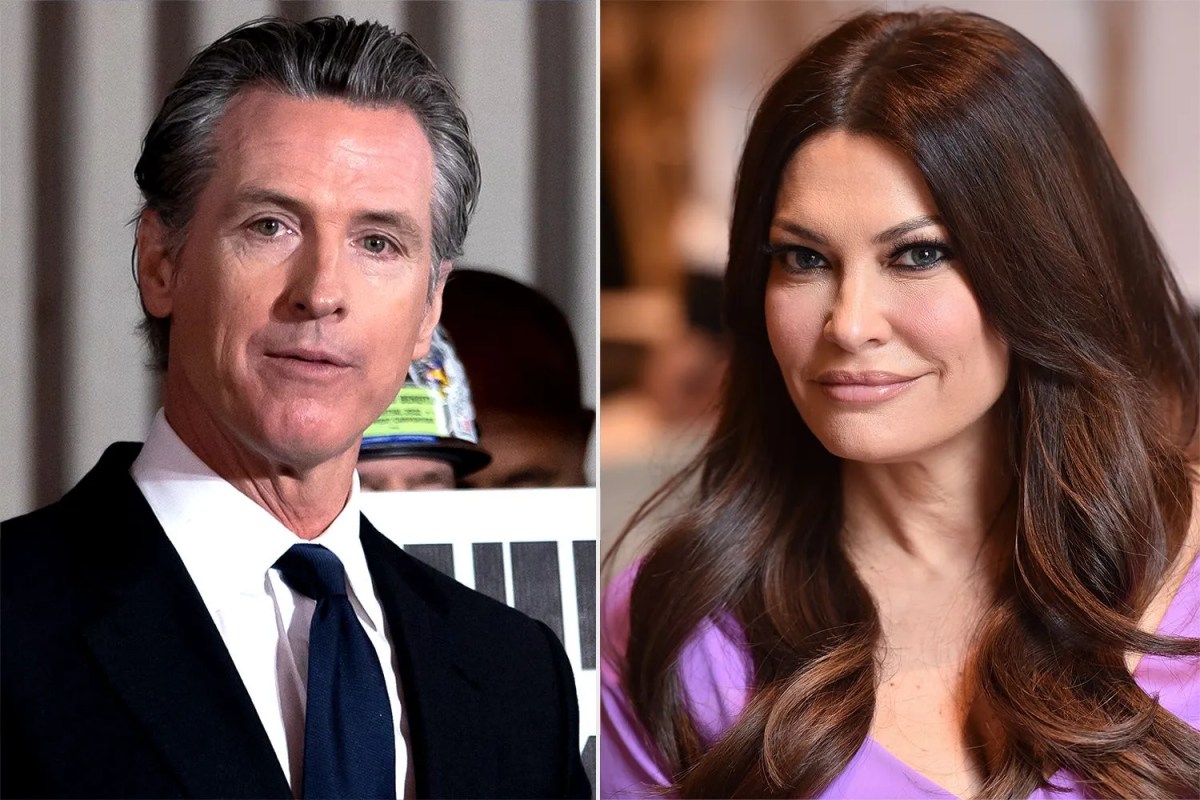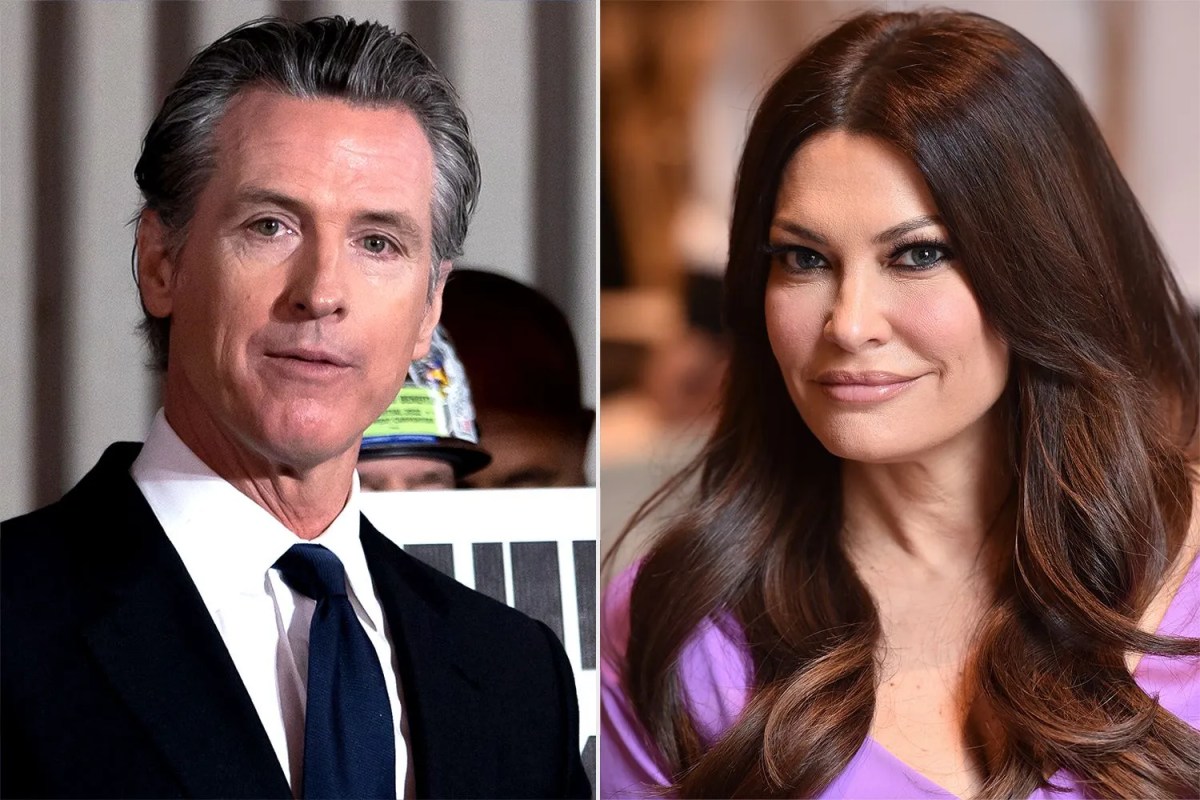Gov. Newsom responds to Trump blaming him for wildfires | CNN: The California governor found himself in a heated exchange with former President Trump, who once again blamed Newsom for the state’s devastating wildfires. This isn’t a new spat; Trump has repeatedly targeted Newsom on this issue. This article delves into Newsom’s direct responses, Trump’s accusations, the complex science behind California’s wildfires, and the political fallout of this high-profile clash.
We’ll examine the evidence, the rhetoric, and the implications for both politicians and the future of California.
The ongoing debate highlights the multifaceted nature of wildfire causation. While Trump points fingers at forest management, Newsom emphasizes the undeniable role of climate change and other contributing factors. We’ll analyze the differing perspectives, examining data on wildfire trends, forest management practices, and the various causes contributing to these destructive events. The political ramifications of this ongoing feud are significant, influencing public perception and potentially impacting future elections.
Newsom vs. Trump on California Wildfires
The ongoing conflict between California Governor Gavin Newsom and former President Donald Trump over the responsibility for California’s devastating wildfires highlights a complex issue with deep political and environmental ramifications. This article examines the accusations, rebuttals, underlying causes, and the broader political implications of this high-profile disagreement.
Newsom’s Response to Trump’s Accusations

Governor Newsom directly countered Trump’s accusations with a blend of factual rebuttals and pointed rhetorical jabs. His responses consistently emphasized the role of climate change and the need for comprehensive forest management, contrasting sharply with Trump’s simpler explanations. Newsom frequently used strong, assertive language, framing the debate as one of scientific understanding versus political posturing.
For example, in response to Trump’s claims of poor forest management, Newsom highlighted California’s proactive efforts in forest thinning and wildfire prevention. He also directly challenged Trump’s dismissal of climate change as a contributing factor, citing scientific consensus and the observable effects of rising temperatures and prolonged droughts on wildfire intensity and frequency.
| Statement | Speaker | Supporting Evidence | Rebuttal |
|---|---|---|---|
| “California’s forests are a mess.” | Trump | Anecdotal evidence, possibly referencing specific instances of unmanaged forests. | Newsom cited California’s increased spending on forest management and thinning projects, alongside data showing acreage treated. |
| “They need to do a much better job of raking and cleaning.” | Trump | Misunderstanding of forest management practices; conflating small-scale cleanup with large-scale forest management. | Newsom emphasized the scale and complexity of forest management in California, highlighting the limitations of “raking” in addressing large wildfires fueled by climate change. |
| “Climate change is a hoax.” | Trump | No credible scientific evidence. | Newsom cited scientific consensus on climate change and its impact on wildfire severity and frequency, referencing data on rising temperatures and drought conditions. |
Trump’s Accusations Regarding California Wildfires

Donald Trump repeatedly blamed Governor Newsom and California’s policies for the state’s wildfires. His accusations lacked detailed scientific backing, often relying on generalizations and simplistic explanations. This pattern aligns with his previous statements on the issue, consistently downplaying the role of climate change.
- Claim: Poor forest management is solely responsible. Timeline: Repeatedly throughout his presidency and beyond.
- Claim: California needs to “rake” its forests. Timeline: Made during several public appearances and on social media.
- Claim: Climate change is not a significant factor. Timeline: A consistent position throughout his political career.
Causes and Responsibility for California Wildfires, Gov. Newsom responds to Trump blaming him for wildfires | CNN
California wildfires are a complex issue with multiple contributing factors. Climate change plays a significant role, increasing temperatures, extending drought periods, and creating conditions favorable for rapid fire spread. Forest management practices, including fuel buildup due to past fire suppression policies, also contribute. Human activity, such as accidental ignitions and arson, is another factor.
Newsom emphasizes the multifaceted nature of the problem, advocating for a comprehensive approach that includes climate change mitigation, improved forest management, and community preparedness. Trump, in contrast, focuses almost exclusively on forest management, downplaying the role of climate change and broader environmental factors.
So, Gov. Newsom’s got Trump on his back about the wildfires, another political firestorm brewing. It’s a stark contrast to the respectful unity shown at the funeral of Jimmy Carter, as seen in this amazing photo op with five presidents – check out the image here: Funérailles de Jimmy Carter | Cinq présidents exposent une image. It makes you think about different kinds of leadership and national unity, then back to Newsom and Trump’s ongoing spat about California’s wildfire challenges.
| Cause | Percentage Contribution (Estimate) | Supporting Data | Newsom’s Stance |
|---|---|---|---|
| Climate Change | 40-60% | Increased temperatures, longer drought periods, drier fuels. | Acknowledges as a primary driver, advocating for mitigation efforts. |
| Forest Management | 20-30% | Fuel buildup, lack of controlled burns in some areas. | Supports improved practices, increased funding for forest thinning. |
| Human Activity | 10-20% | Accidental ignitions, arson. | Advocates for public awareness and stricter regulations. |
Political Implications and Public Opinion

The Newsom-Trump exchange has significant political implications, particularly in California, a crucial swing state. Newsom’s response, emphasizing scientific evidence and comprehensive solutions, aims to solidify his image as a responsible leader addressing a critical environmental challenge. Trump’s simplistic approach, conversely, may appeal to a segment of the population skeptical of climate change science, potentially influencing public opinion on both figures and impacting future elections.
Media coverage has been varied, with some outlets emphasizing the scientific consensus on wildfire causes, while others highlight the political aspects of the debate. The framing of the issue, and the emphasis placed on specific causes, significantly influences public perception.
Visual Representation of Wildfire Data
A line graph illustrating the increase in California wildfires over time would show a clear upward trend over the past decade. The x-axis would represent years, and the y-axis would represent the number of wildfires or the total acreage burned. Key data points would include significant fire seasons and any notable changes in trends. The graph should clearly show the increasing frequency and severity of wildfires.
An infographic comparing forest management practices in California with other states would use bar graphs or pie charts to visualize data on forest thinning, prescribed burns, and overall forest health indicators. It would include visual representations of different management techniques and highlight any significant differences in approaches and outcomes.
So, Gov. Newsom’s got Trump on his back about those California wildfires, right? It’s a whole political thing. But hey, while we’re on the topic of high-pressure situations, check out how these future college stars are performing: How are 2025 Alabama basketball commits playing on the high. It’s a completely different kind of heat, but still intense! Back to Newsom and Trump – the political drama continues, of course.
A map showing the locations and severity of recent California wildfires would use color-coding to represent the intensity of fires, potentially categorized by cause (e.g., lightning strikes, human activity). The map would provide a visual representation of the geographic distribution of wildfires and their impact across the state.
Last Point: Gov. Newsom Responds To Trump Blaming Him For Wildfires | CNN
The clash between Newsom and Trump over California wildfires is more than just a political squabble; it’s a microcosm of the larger debate surrounding climate change, environmental responsibility, and effective governance. Newsom’s counter-arguments, while emphasizing scientific consensus, face the challenge of overcoming deeply entrenched partisan divides. Ultimately, understanding the complex interplay of factors contributing to wildfires – climate change, forest management, and human activity – is crucial for developing effective solutions and mitigating future devastation.
So, Gov. Newsom’s got Trump on his back about the wildfires, right? It’s a whole political thing. But amidst the blame game, check out this crazy story: ‘God was with him’: Actor James Woods describes harrowing wildfire , which really puts the human cost of these fires into perspective. It makes you think about the individual struggles alongside the larger political arguments surrounding the California wildfires and Newsom’s response to Trump’s accusations.
The political fallout will likely continue to play out, shaping public discourse and potentially influencing upcoming elections.
FAQ Summary
What specific forest management practices did Trump criticize?
Trump often criticized California’s forest management practices, alleging insufficient clearing of brush and dead trees. He frequently cited other states as examples of supposedly better management.
What role does climate change play in California wildfires, according to scientific consensus?
The scientific consensus is that climate change significantly exacerbates wildfire risk in California by increasing temperatures, extending dry seasons, and creating conditions favorable to more frequent and intense fires.
How has public opinion been affected by this ongoing dispute?
Public opinion is largely divided along partisan lines, with supporters of each politician tending to accept their favored leader’s perspective. Independent polling data would be needed to gauge a more nuanced view.
What are some examples of human activity contributing to wildfires?
Human activities such as power line failures, discarded cigarettes, and illegal campfires are frequent ignition sources for California wildfires.
